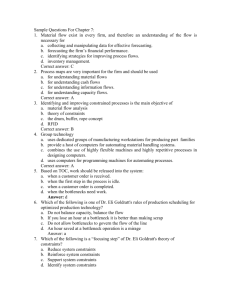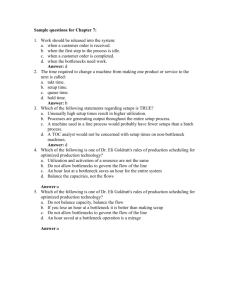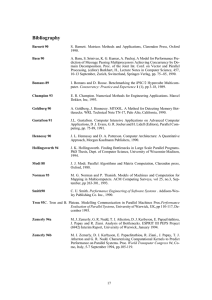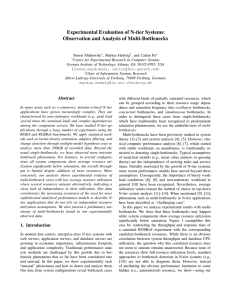Key principles for promoting cost effective broadband
advertisement
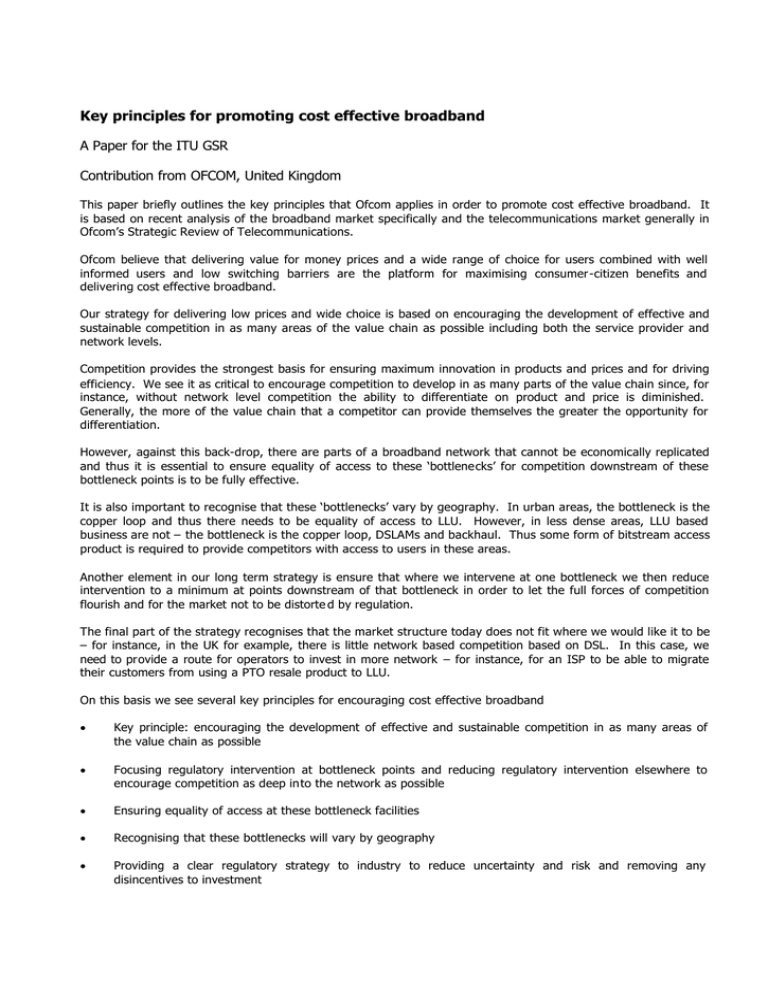
Key principles for promoting cost effective broadband A Paper for the ITU GSR Contribution from OFCOM, United Kingdom This paper briefly outlines the key principles that Ofcom applies in order to promote cost effective broadband. It is based on recent analysis of the broadband market specifically and the telecommunications market generally in Ofcom’s Strategic Review of Telecommunications. Ofcom believe that delivering value for money prices and a wide range of choice for users combined with well informed users and low switching barriers are the platform for maximising consumer-citizen benefits and delivering cost effective broadband. Our strategy for delivering low prices and wide choice is based on encouraging the development of effective and sustainable competition in as many areas of the value chain as possible including both the service provider and network levels. Competition provides the strongest basis for ensuring maximum innovation in products and prices and for driving efficiency. We see it as critical to encourage competition to develop in as many parts of the value chain since, for instance, without network level competition the ability to differentiate on product and price is diminished. Generally, the more of the value chain that a competitor can provide themselves the greater the opportunity for differentiation. However, against this back-drop, there are parts of a broadband network that cannot be economically replicated and thus it is essential to ensure equality of access to these ‘bottlenecks’ for competition downstream of these bottleneck points is to be fully effective. It is also important to recognise that these ‘bottlenecks’ vary by geography. In urban areas, the bottleneck is the copper loop and thus there needs to be equality of access to LLU. However, in less dense areas, LLU based business are not – the bottleneck is the copper loop, DSLAMs and backhaul. Thus some form of bitstream access product is required to provide competitors with access to users in these areas. Another element in our long term strategy is ensure that where we intervene at one bottleneck we then reduce intervention to a minimum at points downstream of that bottleneck in order to let the full forces of competition flourish and for the market not to be distorte d by regulation. The final part of the strategy recognises that the market structure today does not fit where we would like it to be – for instance, in the UK for example, there is little network based competition based on DSL. In this case, we need to provide a route for operators to invest in more network – for instance, for an ISP to be able to migrate their customers from using a PTO resale product to LLU. On this basis we see several key principles for encouraging cost effective broadband • Key principle: encouraging the development of effective and sustainable competition in as many areas of the value chain as possible • Focusing regulatory intervention at bottleneck points and reducing regulatory intervention elsewhere to encourage competition as deep into the network as possible • Ensuring equality of access at these bottleneck facilities • Recognising that these bottlenecks will vary by geography • Providing a clear regulatory strategy to industry to reduce uncertainty and risk and removing any disincentives to investment

